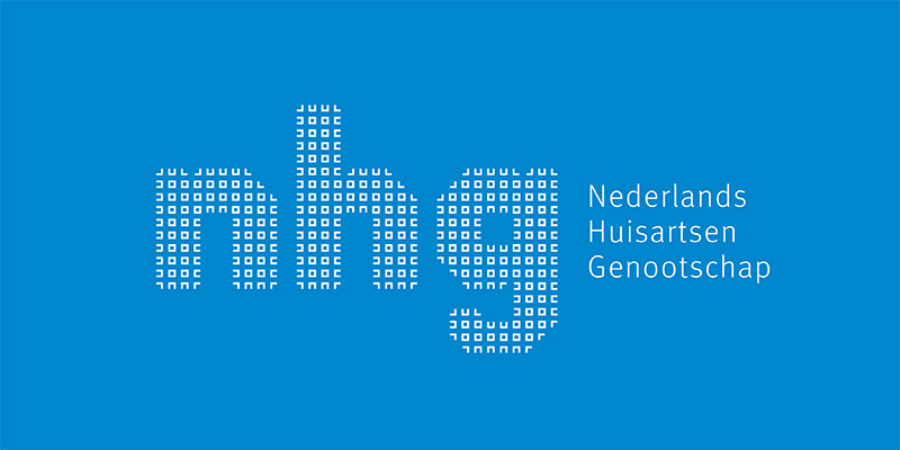Inleiding
Obstructive sleep apnea (OSA) is a common sleep disorder that causes patients to stop breathing during sleep. Diagnosis and treatment of OSA requires specialized care that is generally only available in sleep clinics. In the Netherlands, the number of referrals to sleep clinics for OSA approached 100.000 in 2017 and has increased rapidly. However, of all patients referred, up to 30% eventually does not have OSA upon final poly(somno)graphy. Therefore, a strategy to increase the pre-test probability in the general practice was desired.
Onderzoeksvraag
We hypothesized that overnight oximetry alone, or combined with a previously published questionnaire in a two-step strategy, could be used to safely rule out OSA in patients visiting their general practitioner with potentially OSA-related complaints, thereby reducing the number of patients requiring referral for sleep testing.
Methode
A total of 140 subjects with suspected OSA were included from 54 participating primary care practices in the Netherlands. All subjects completed the Philips questionnaire and underwent one night of oximetry prior to referral to a sleep center, the so-called OSAsense strategy. The prognostic value of two strategies was evaluated against the diagnosis of the sleep center as the gold standard: 1) assume OSA and subsequently refer to a sleep center if the oxygen desaturation index (ODI) is ≥ 5; and 2) assume OSA and refer to a sleep center if the Philips questionnaire score is ≥ 55% (regardless of the ODI), or if the Philips questionnaire score is < 55% and the ODI is ≥ 5.
Resultaten
OSA was diagnosed in the sleep centers in 100 (71%) of the included subjects. Using ODI ≥ 5 alone resulted in a sensitivity of 99.0%, a specificity of 50.0%, a negative predictive value of 95.2%, and a positive predictive value of 83.2%. Using the two-step strategy, oximetry would be performed on 39% of the subjects. This strategy resulted in a sensitivity of 100%, a specificity of 35.0%, a negative predictive value of 100%, and a positive predictive value of 79.4%.
Conclusie
The use of oximetry alone or combined in a two-step strategy with a questionnaire using OSAsense in primary care enables safe exclusion of a sleep center diagnosis of OSA.
Context huisarts-patiënt
The researched ‘OSAsense strategy’ (both the oximetry as well as the questionnaire) may be used in primary care practices. OSAsense is already implemented in several general practices in both Twente as well as Groningen. During the presentation, we will discuss the study as well as the implementation process in these regions.
Overige onderzoeksvragen NHG-Wetenschapsdag 2019
- Peter Leusink – Het huisartsconsult beoordeeld door vrouwen met vulvodynie: een kwalitatief onderzoek
- Erna Beers – De rol van de huisarts in het diagnosticeren en behandelen van syfilis: een cross-sectioneel onderzoek in Amsterdam
- Anne Loohuis – Is appbehandeling voor urine-incontinentie bij vrouwen in de eerste lijn minstens net zo goed als standaardzorg na 4 maanden? Een pragmatische, gerandomiseerde, non-inferioriteitstrial
- Mary-Joanne Verhoef – Evaluatie en doorontwikkeling van de ‘Leidse Gesprekshulp Palliatieve Zorg’ op basis van ervaringen van patiënten, naasten en zorgverleners
- Eva van Dijk – Somber of ziek? Een kwalitatief onderzoek naar de manier waarop huisartsen omgaan met somberheidsklachten onder jongvolwassenen
- Wendelien van der Gaag – Vijfjaarsbeloop van oudere patiënten met rugpijn in de huisartsenpraktijk: een prospectieve cohortstudie
- Rick van Uum – Effectiviteit van een scholing voor huisartsen, gericht op pijnbestrijding bij kinderen met otitis media acuta: een cluster randomised controlled trial
- Erik Stolper – Vermoeden van kindermishandeling in de huisartsenpraktijk: hoe komt het tot stand en wat gebeurt er daarna?
- Danny Claessens - Ziektelastmeter COPD tijdens het consult/COPD-patiënt samen met zorgverlener aan het roer
Reacties
Er zijn nog geen reacties.




